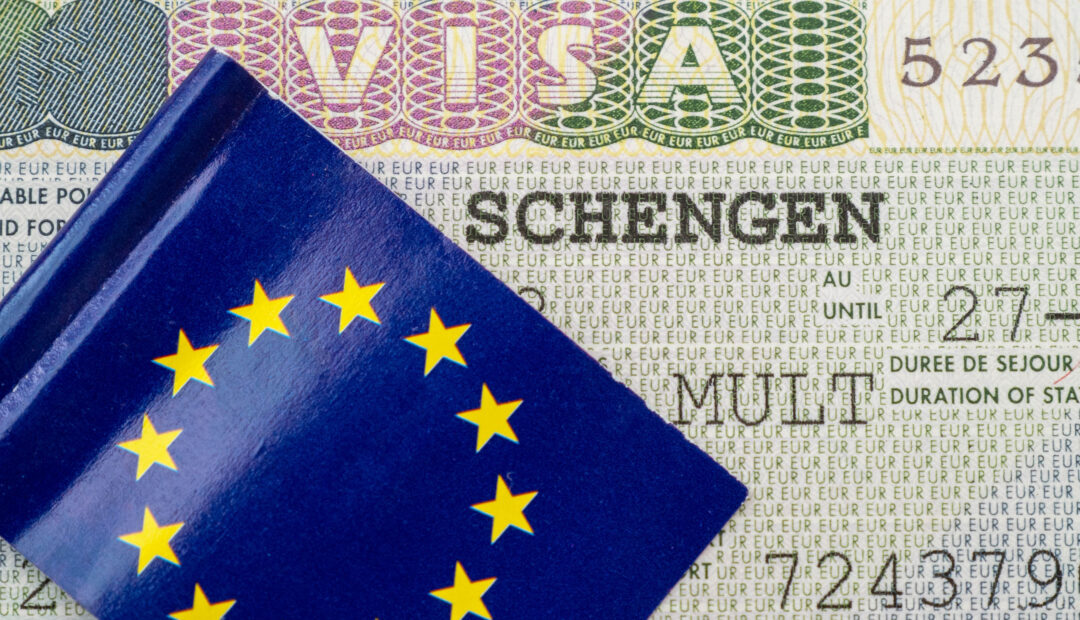If you’re an experienced European traveler, you may have heard of a Schengen Visa, which allows visitors from outside the EU to remain in the Schengen Area for three months. But this doesn’t apply to everyone, so we’re breaking down what this visa means, and how to know if you need one.
What is a Schengen Visa?
The word Schengen refers to all the countries in the EU that make up a free travel zone, meaning you can travel between these countries without a passport. This region got its name in 1985 when the Schengen Agreement was signed, eliminating border control and allowing movement between these countries. According to schengenvisainfo.com, this zone in Europe is the largest free travel zone in the world.
There are 27 countries in the Schengen zone including: Austria, Belgium, Czech Republic, Croatia, Denmark, Estonia, Finland, France, Germany, Greece, Hungary, Iceland, Italy, Latvia, Liechtenstein, Lithuania, Luxembourg, Malta, Netherlands, Norway, Poland, Portugal, Slovakia, Slovenia, Spain, Sweden and Switzerland.
After obtaining a Schengen Visa, you are allowed to stay in the area for up to 90 days. A caveat to this fact is that you can only stay for 90 days out of 180 days. So when you arrive in the Schengen Area, your 180 days starts. Unfortunately, you can’t reset your 90 days by spending a day or a week in a non-Schengen location before returning to Europe.
There are four different classifications of this visa.
In classifications A and B travelers apply for an Airport Transit Visa, which means they can be in an airport in the Schengen Area for a layover or a limited period of time before traveling to their final destination.
In classification C there are single-entry visas which only allow you to enter the region once, double-entry visas which allow you to leave and come back, and a multiple entry visa that allow you to leave and enter the region as you please so long as you don’t violate the 90/180 rule.
And finally, classification D is meant for visitors wishing to stay in the region for more than 90 days for work, school, or life purposes. This Schengen visa is often referred to as the “long-stay visa.”
Who needs it?
Not everyone needs a Schengen Visa to enter Europe. Those who don’t include Canadian, U.S. and U.K. passport holders along with several countries in South America, Asia, and Eastern Europe. To determine whether or not you need to obtain a Schengen Visa, visit Schengen Visa Info.
The Schengen Visa has been around since 1995, and since then, there has been plenty of discussion surrounding potential racist motivations for the visa and the list of people who need it. The Open Society Foundations, a nonprofit which supports the growth of justice, education, and public health worldwide, reported that the Schengen efforts to monitor non-EU citizens’ entering and leaving the region “probably violates the EU’s own human rights standards, and might in the end achieve very little in combating irregular migration.”
Read more about the Schengen Visa at schengenvisa.com.


